**Part 2, a visual review of the Leica Q2 for everyday portraiture is here.
To start from the beginning, the Leica Q was announced 3 years ago on the 10 of June 2015, (my birthday!), however with the M Typ 240 and M10 it was almost 3 years before I acquired a Leica Q and my in-depth review of the Leica Q and Q-P is here.
 My Leica Q in Silver.
My Leica Q in Silver.
Fast forward to 6 March 2019 when Leica Camera AG announced the Q2, but this time, kudos to the great team at Leica Camera AG’s (Singapore) generosity in granting a loan set, I didn’t have to wait 3 years to bring you this review of the Leica Q2.
And if you are in a rush and prefer to read summaries, here you go:
The Leica Q2 presents real improvements over the Q & Q-P in every aspect that matters.
And for the reasons why, let us continue with getting to know the Q2 more,
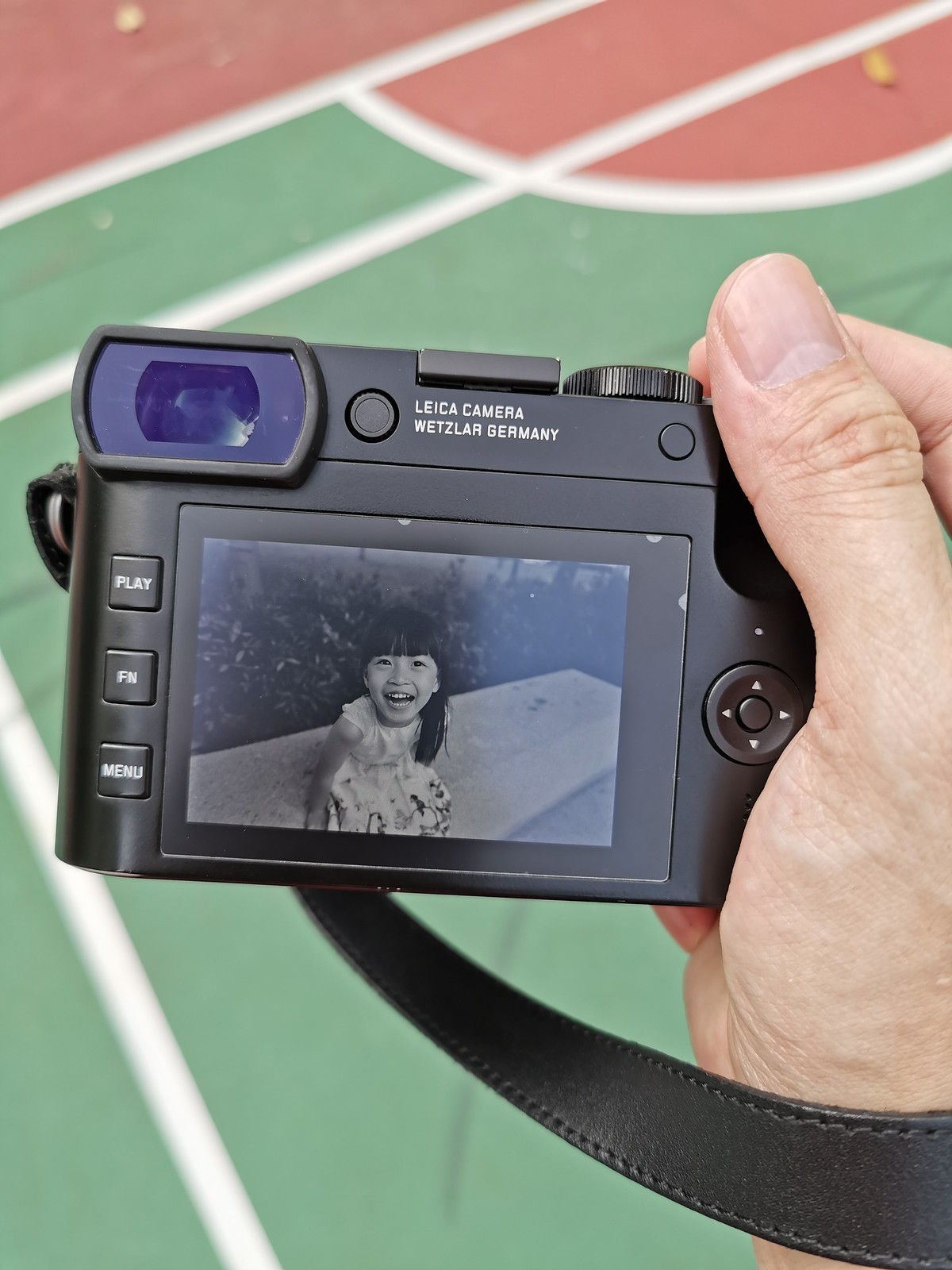
The way I write is not like those specification based reviews with no real life sample photos or in some cases, writers who have not even handled the camera and in this aspect, I am going forward with 5 reasons for why the Q2 is a substantial leap from the Q and Q-P and 2 reasons why the Q2 is a whisker away from perfection.
*even so, if you love reading technical specs, the Q2’s technical information can be found here.
5 reasons why Q2 is ‘the’ camera.
1. The newly developed full-frame sensor coupled with the powerful Maestro II processor have not just pushed resolution to 47.3 mp but also enabled a higher sequential shooting rate at 10 frames per second. (20 fps in electronic shutter). ISO performance goes up to ISO 50,000 with shutter speeds going up to 1/40000s (electronic shutter), 1/2000s (mechanical shutter).
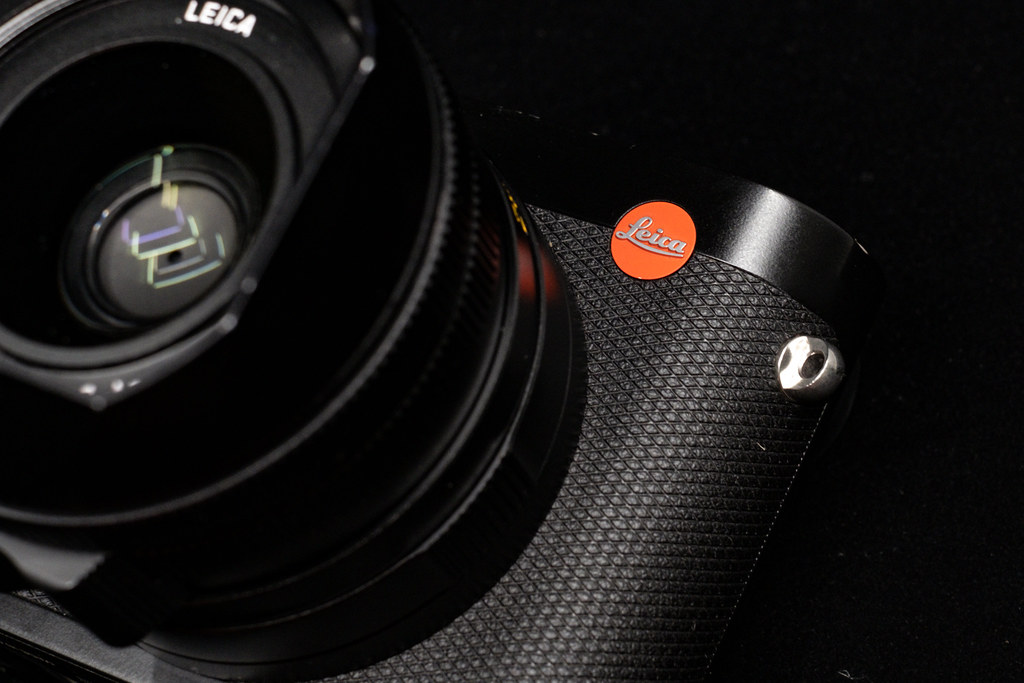
And where it really matters to some users, the updated autofocus system of the Leica Q2 now makes it one of the fastest cameras in its class. Instead of the 49 selectable points on the Q, the Q2 now presents 225 points in Single Zone focusing for more precise control and with UHS-II support now, expect way smoother writing times even in DNG mode at 10 fps.
Look forward to significantly improved reliability in low light shooting.

f1.7, ISO1000, 1/50s

Zoomed up view of a few windows from the image above. (street light for position reference)
While I do agree with those who may say 20 megapixels is sufficient ( I have done prints up to A0 size with only 16 megapixels) , it is difficult to disagree that it is still a fact that the additional resolution does make a difference when the need arises.
 Trust me, when the serious engineers at Leica AG says ‘Super’ it must indeed mean something.
Trust me, when the serious engineers at Leica AG says ‘Super’ it must indeed mean something.
2. The Q2 sports the same excellent Leica Summilux 28 mm f/1.7 ASPH. prime lens with 11 elements in 9 groups and 3 aspherical elements. Beyond the impressive optics, the Q2 comes with optical image stabilisation that complements the need for minimising image blur from shake. Worthy of mention is the minimum focusing distance of 17 cm in macro mode. The minimum focusing distance in standard mode is 30 cm, significantly closer than the 60 to 90 cm minimum focusing distance of Leica M lenses.

The 28mm Summilux lens paired with the new imaging sensor of 47.3 mp now enables a new crop focal length of 75 mm in addition to the original crop focal length options of 35 or 50 mm focal lengths.




In succession, 28mm at the top followed by 35, 50 and 75mm Crops.
Crops are saved in JPEG format with correspondingly reduced resolutions of 47.3, 30, 14.7, or 6.6 megapixels. The uncropped image is always saved simultaneously as a DNG file (at 47.3 megapixel). I am never a fan of digital crops but with 47.3 megapixels now, the image quality even at the 75mm crop is very decent for social media sharing.
Intuitive frame-lines guide photographing at the 35, 50 and 75mm crop modes.
3. Non Q users may not have noticed it, but Leica has improved significantly the chassis design of the Q2 beyond the much advertised weather resistance at IP52 (dust and splash resistance).
Read more: IP rating chart.
Leica has reworked even the tiniest of details, for example – the EVF Diopter is now a push-out dial to adjust, making it impossible to knock diopter adjustments off again, the battery compartment is now improved and works like the M and SL series, making it near impossible to accidentally drop the battery as you hold the Q2, you indistinctly feel the reassuring heft to its robustness.
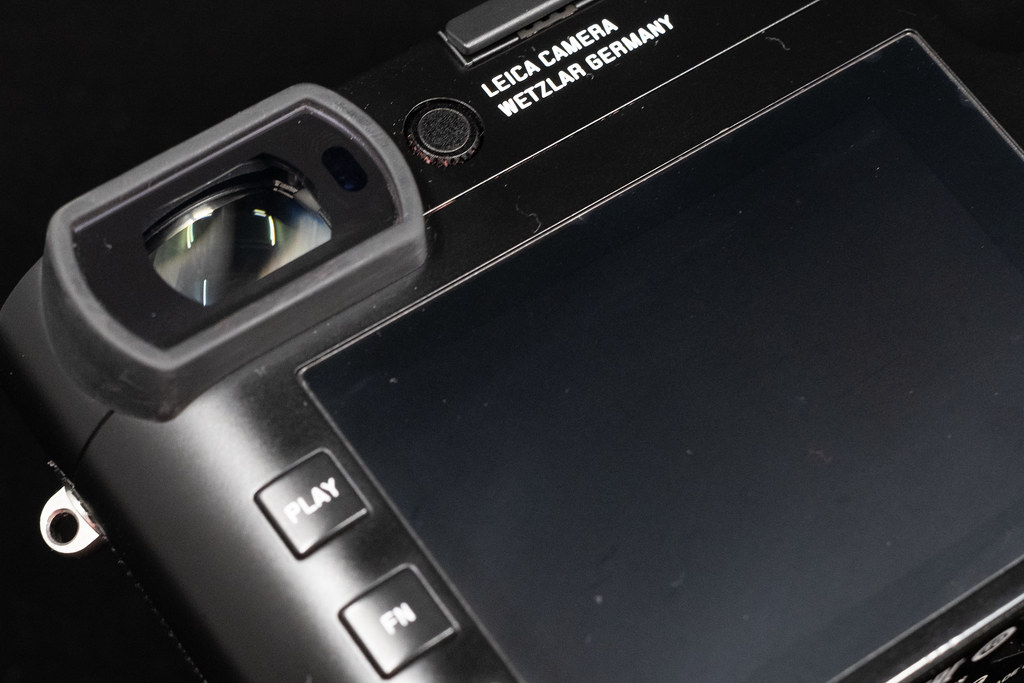 Now, one simply depressed the diopter adjustment next to the EVF for it to spring out for adjustment. No more accidentally knocking it out of adjusted values.
Now, one simply depressed the diopter adjustment next to the EVF for it to spring out for adjustment. No more accidentally knocking it out of adjusted values.
Lastly, the alignment of the Q2’s buttons to the M10 is timely, anyone who is invested in a system will prefer a similar set of controls and its great the buttons layout is now aligned between the M10 and Q2.
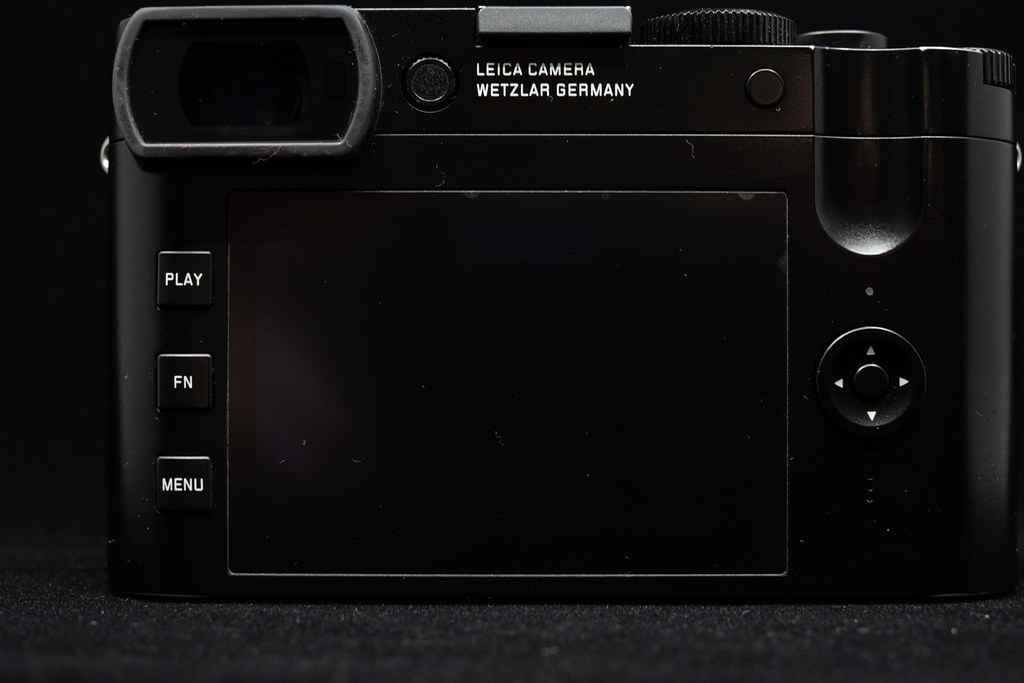
4. The Q’s EVF was already awesome and the Leica Q2 features an improved OLED viewfinder with a resolution of 3.68 megapixels. I saw improved contrast and image depth and most importantly and seldom mentioned in other reviews, the lag for the viewfinder to activate now when bringing it to the eye is now almost instantaneous as compared to the Leica Q.
5. 4K Video.

Yes, an imaging purist might never bother with video but the Q2 does video with 3840 x 2160 pixels and frame rates of 30 or 24 fps or, alternatively, in the full HD format with 120, 60, 30 or 24 frames per second. It is not the 4K at 60 fps that other video-oriented cameras can do but its nonetheless a feat for Leica to actually incorporate this into the Q for more creative possibilities.
Bonus point.
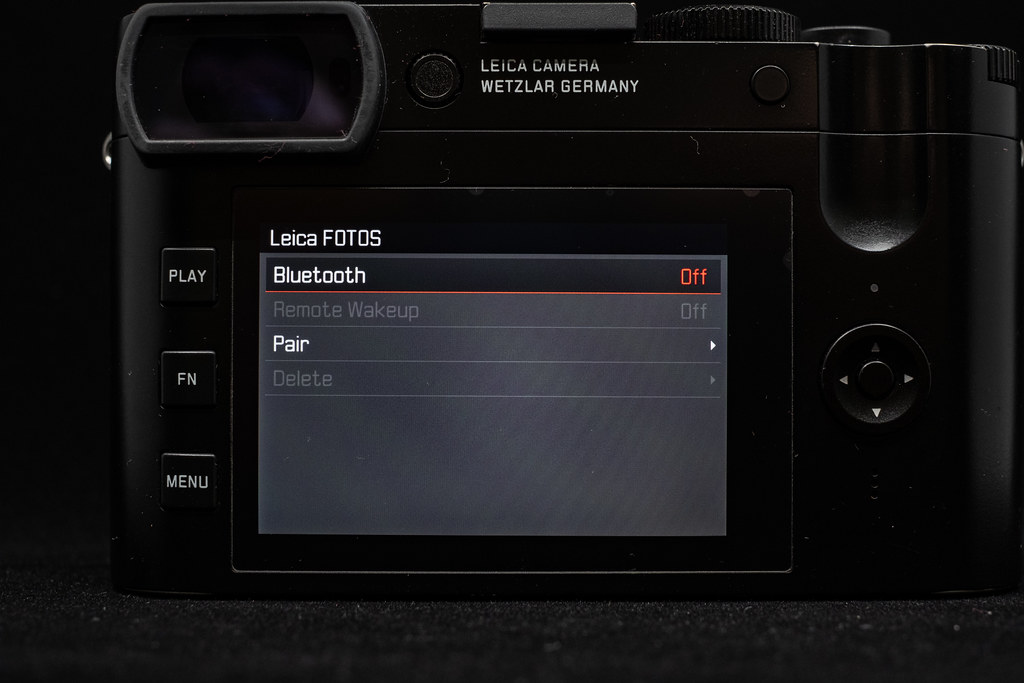
The Leica FOTOS App works brilliantly with the Q2, making it possible to quickly and easily share in social media and remotely control the shutter release of the Leica Q2 with either Bluetooth or WiFi.
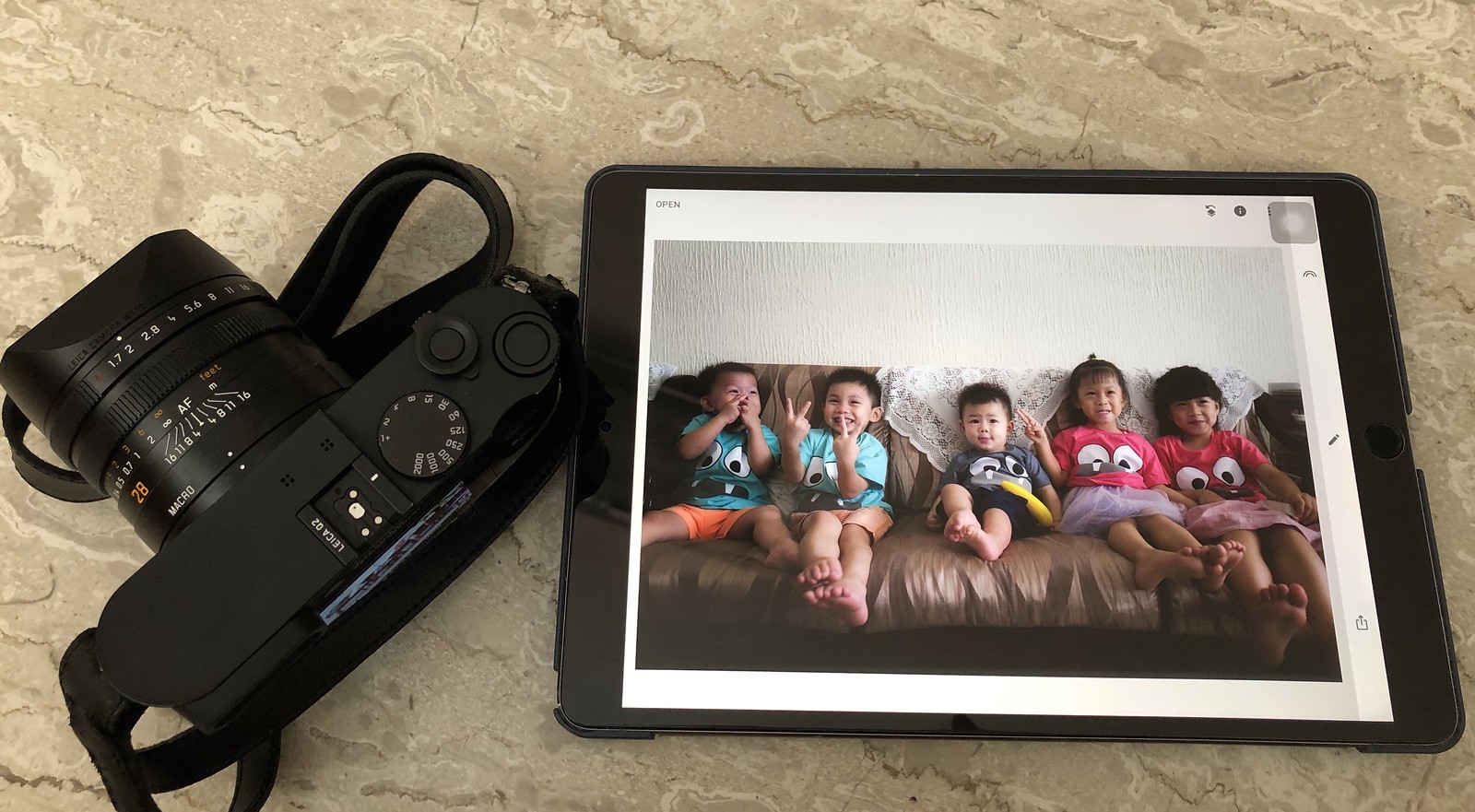
On Leica cameras, my preference is to work with DNG files with an iPad in such cases and a 81 megapixels DNG files transfer is around 20 seconds, pretty snappy.
One gets good options of JPEG, JPEG+DNG or DNG for the image transfer.
Hands-on & Samples.
The Q2 handles with an extremely assuring feel, there is zero flex in its beautifully crafted body and even with its now simplified design, I had little need to go into the menu. the Q2 simply allow the user to focus on the photography experience. Response from powering on was snappy throughout, even the focus peaking lines are clear and easily aids manual focus.
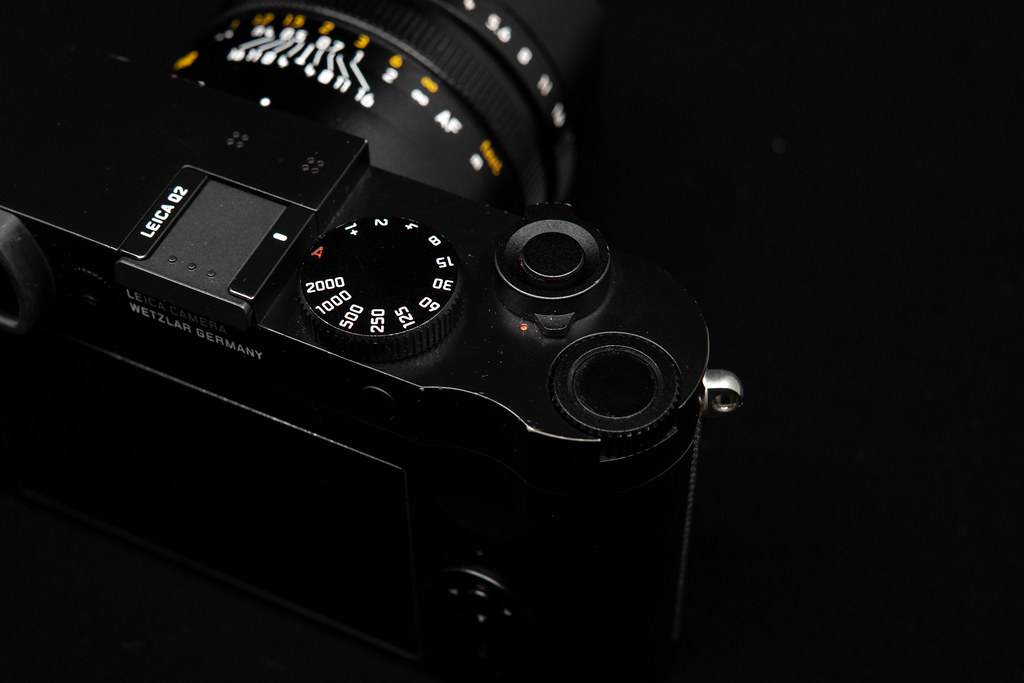 I get to adjust Aperture, Shutter speed and Exposure all in one go, and that’s pretty all I need.
I get to adjust Aperture, Shutter speed and Exposure all in one go, and that’s pretty all I need.
I was caught in rain once during my 5 days loan period and the Q2 simply shrugged off the weather, leaving me little worry in its robustness. Holding the Q2, you simply just want to go directly to shooting with it.
Disclaimer.
- All images (including those of the camera) shared here were photographed by me and edited in Lightroom to my preferences. I worked with the DNG files during my edits.
- The Leica Q2 was generously loaned from Leica Camera AG, Singapore for a week for the review. I was not paid in any form and the camera returned at the end of the review.
- To really test the performance of the new sensor and processor in the Q2, I deliberately went for a theme of street photography in low light, late at night. The results say it for themselves and its clear that the Q2 performed admirably well in A.F and imaging performance even when light was scarce.
- Look forward to part II of my Q2 review with a focus on candid portraiture.
The Leica Q2 in low light photography
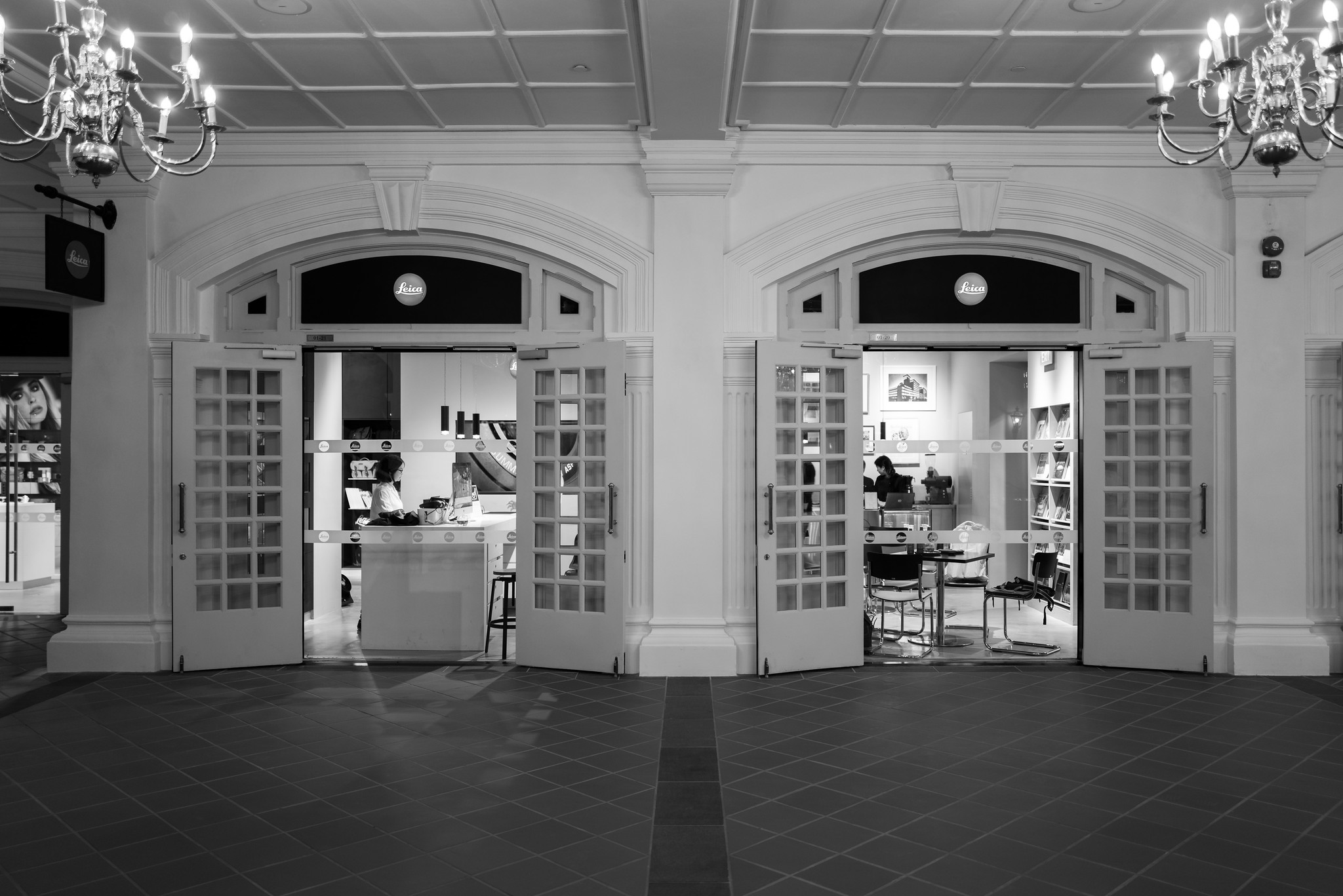
f1.7, ISO160

f1.7, ISO100

f2, ISO100, 1/80s
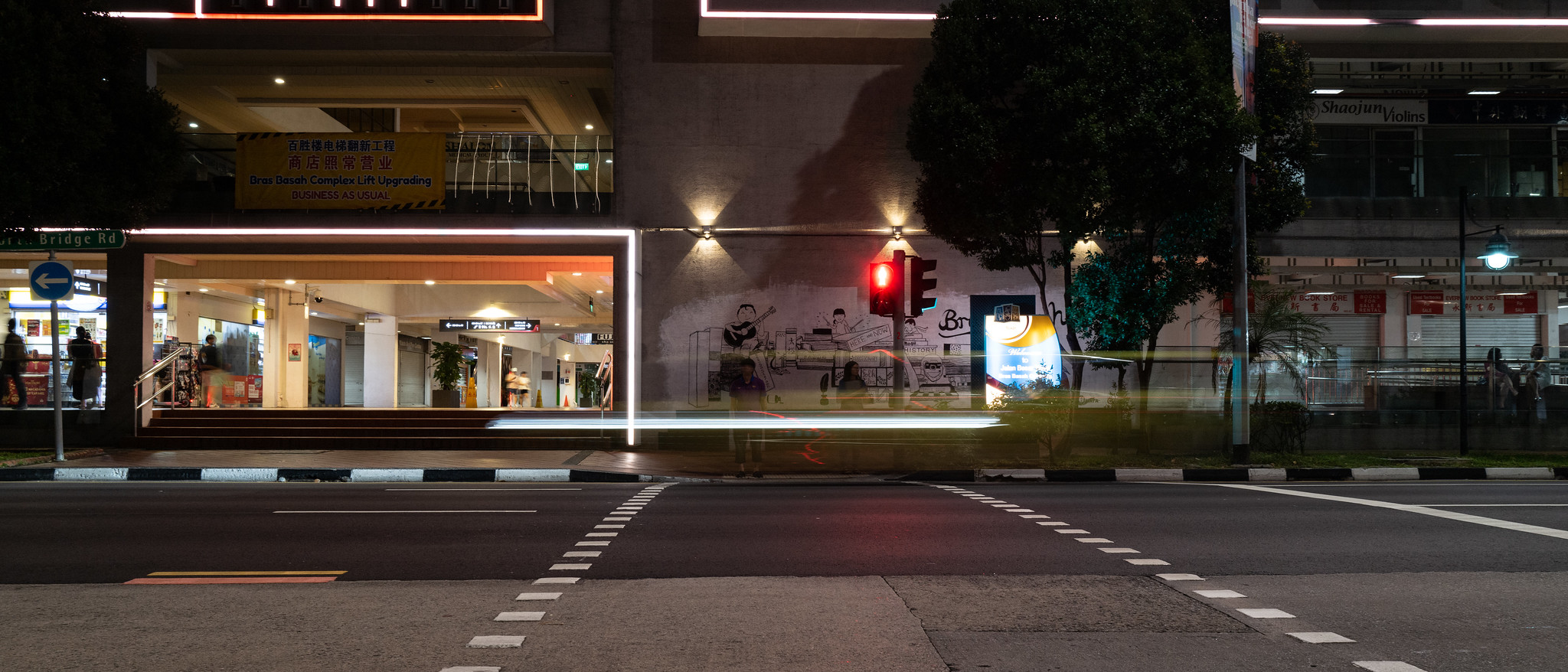
f8, ISO400, 0.5s, handheld. (The OIS works pretty well)

f1.7, ISO100, 1/60s
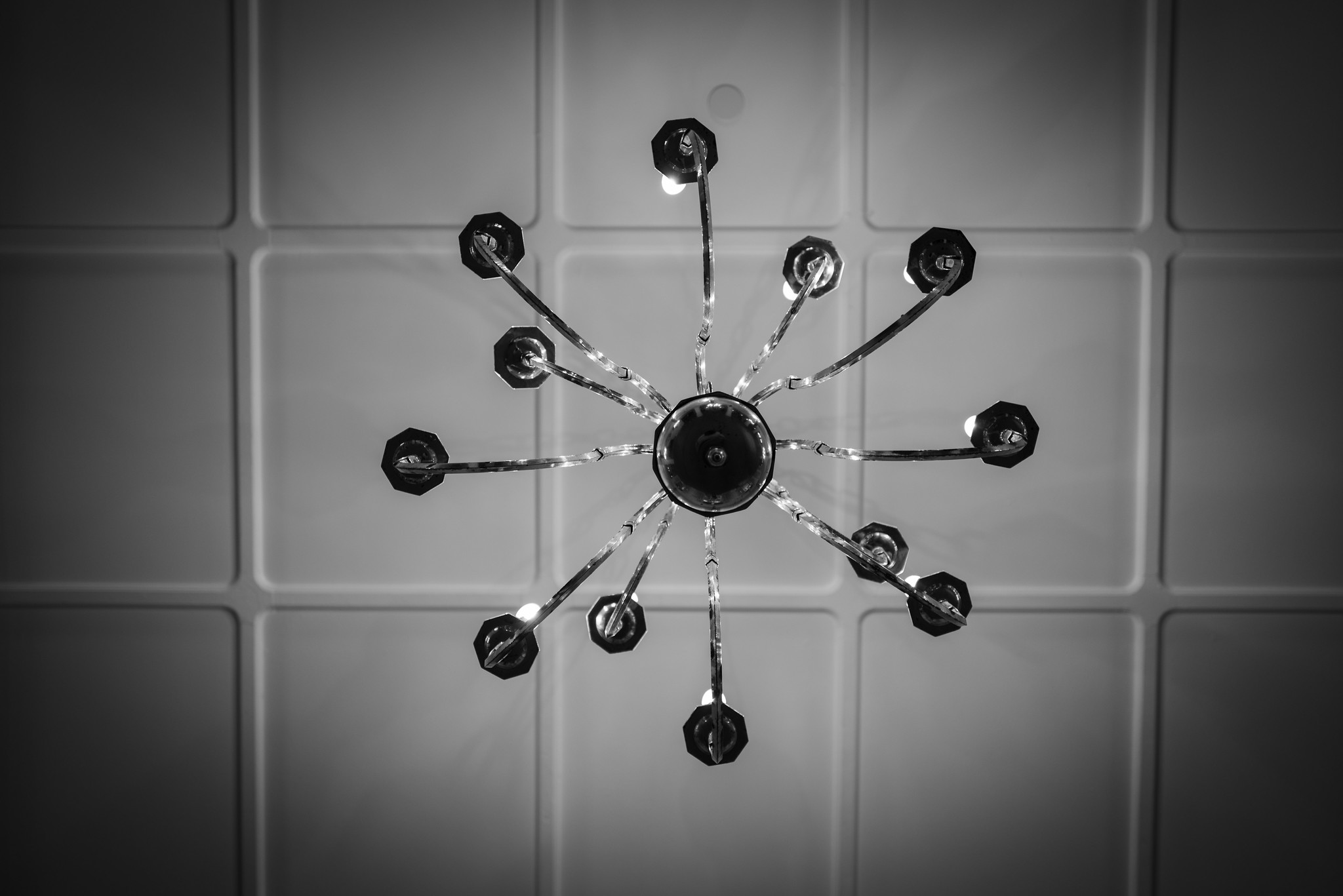
f1.7, ISO100

f1.7, ISO640, 1/50s
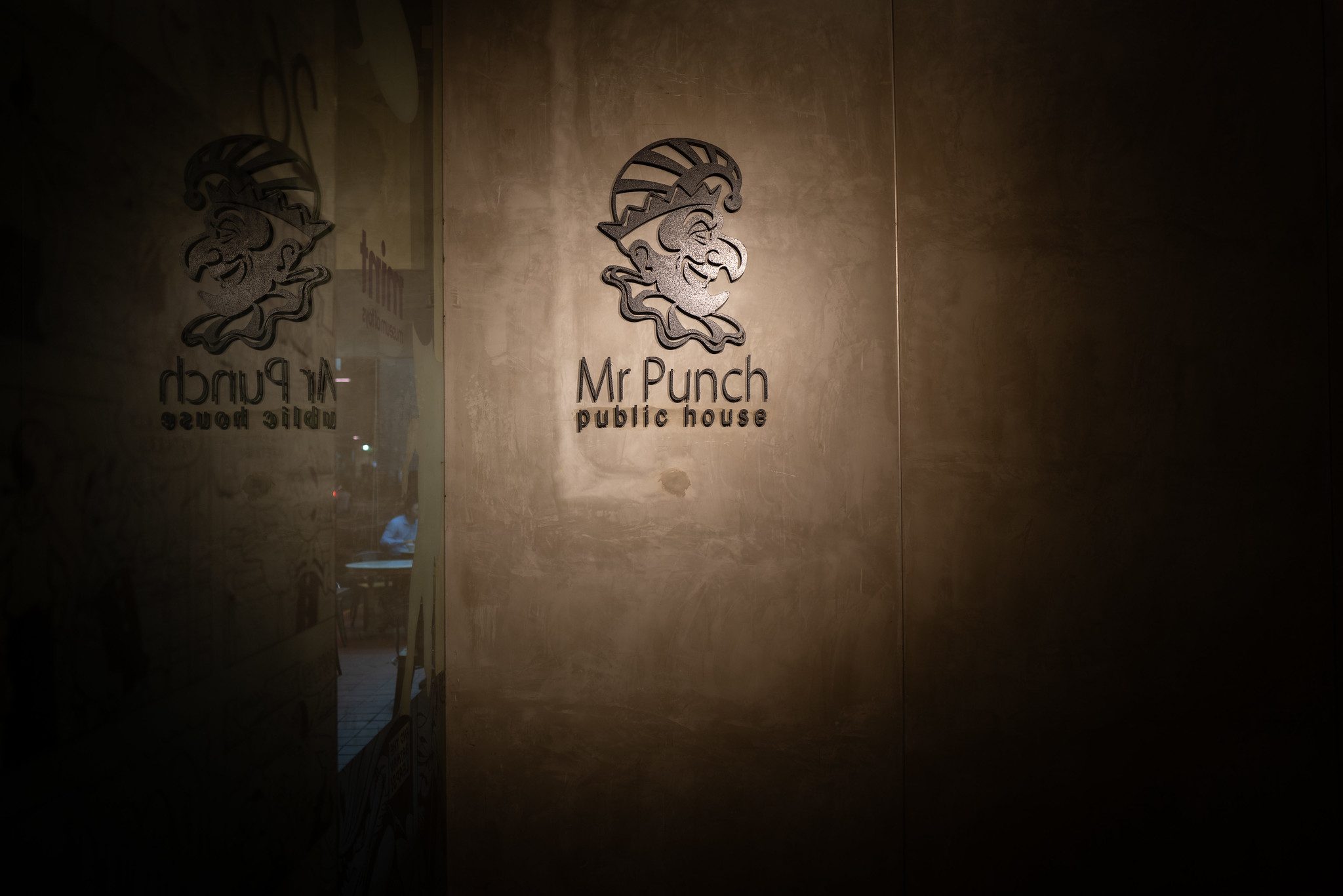
f1.7, ISO160, 1/50s

f1.7, ISO500

f1.7, ISO160 (this is a 75mm Digital Crop)
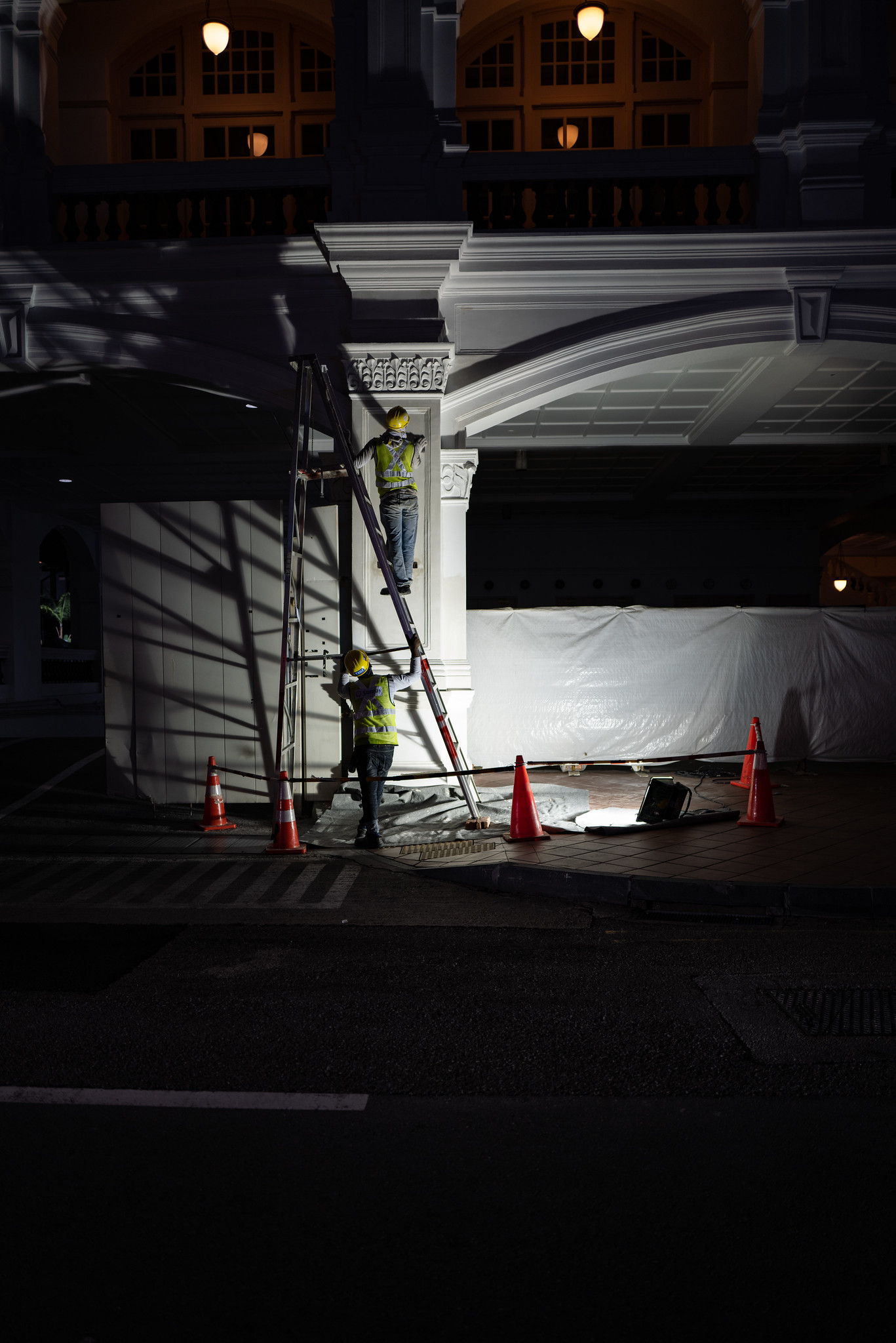
f1.7, ISO100

f1.7, ISO500

f3.5, ISO100
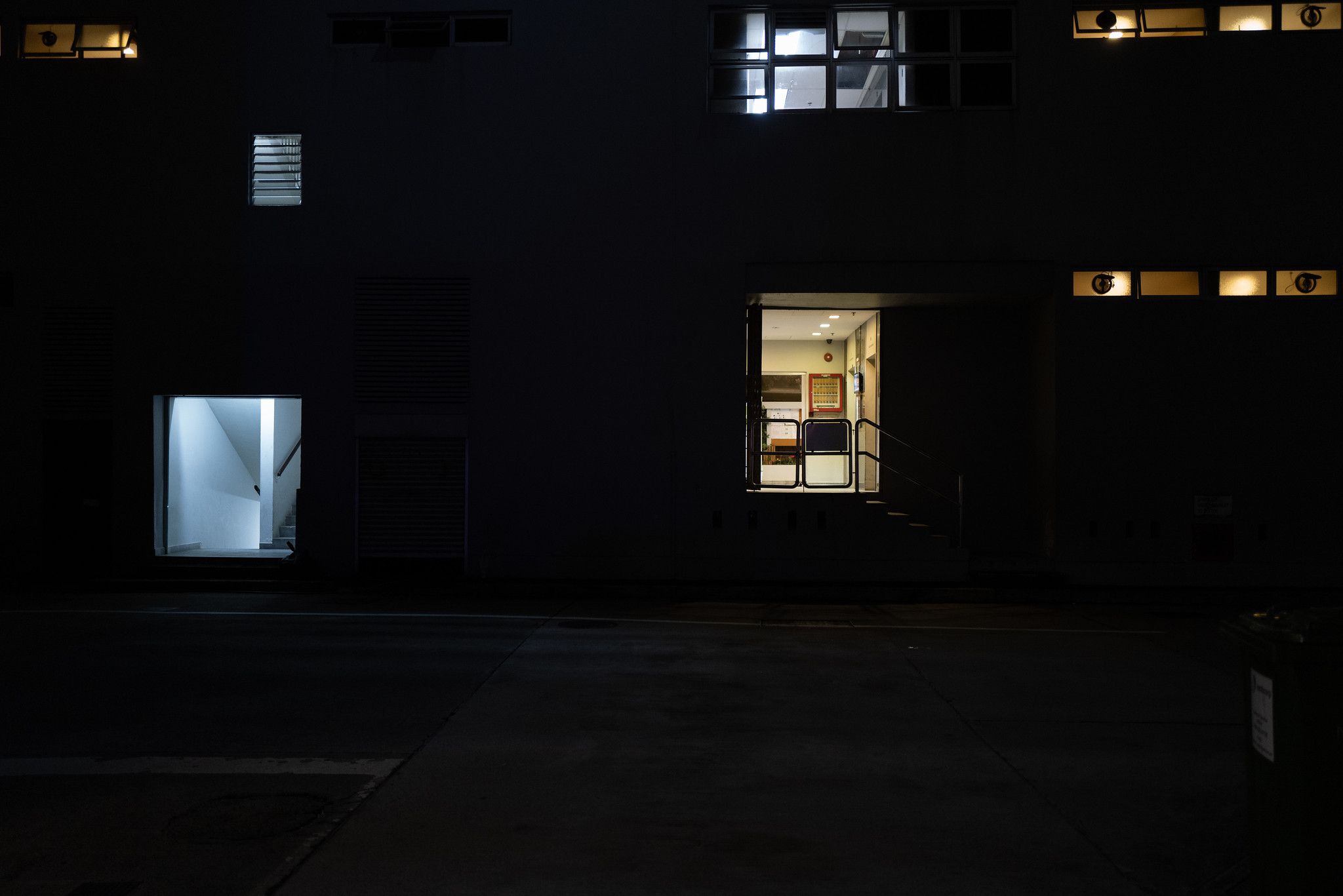
f1.7, ISO1000

f1.7, ISO1000
And obviously, with the Q2 performing admirably well in low light, the Q2 is a breeze to use in capturing everyday life moments.
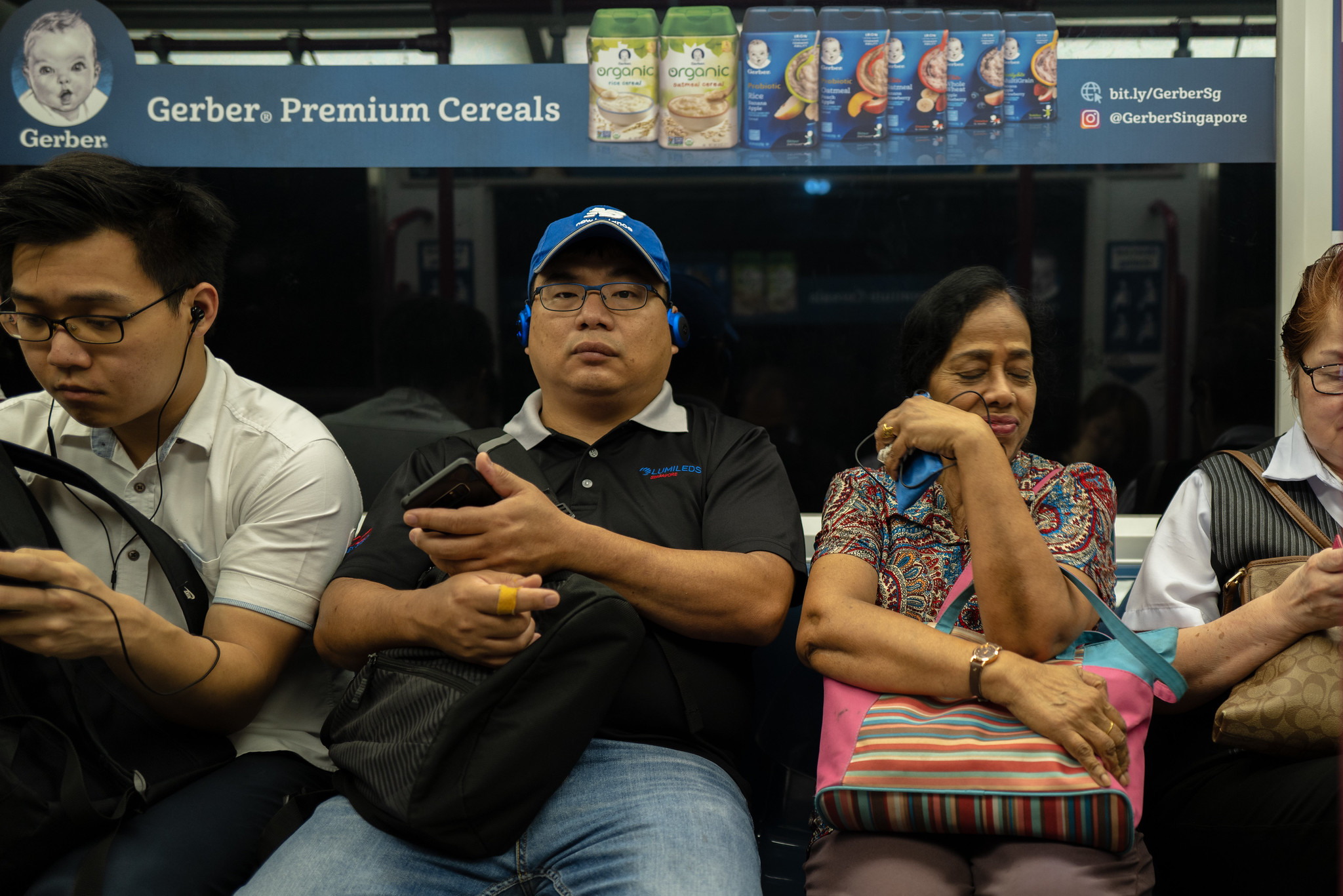
f1.7, ISO200
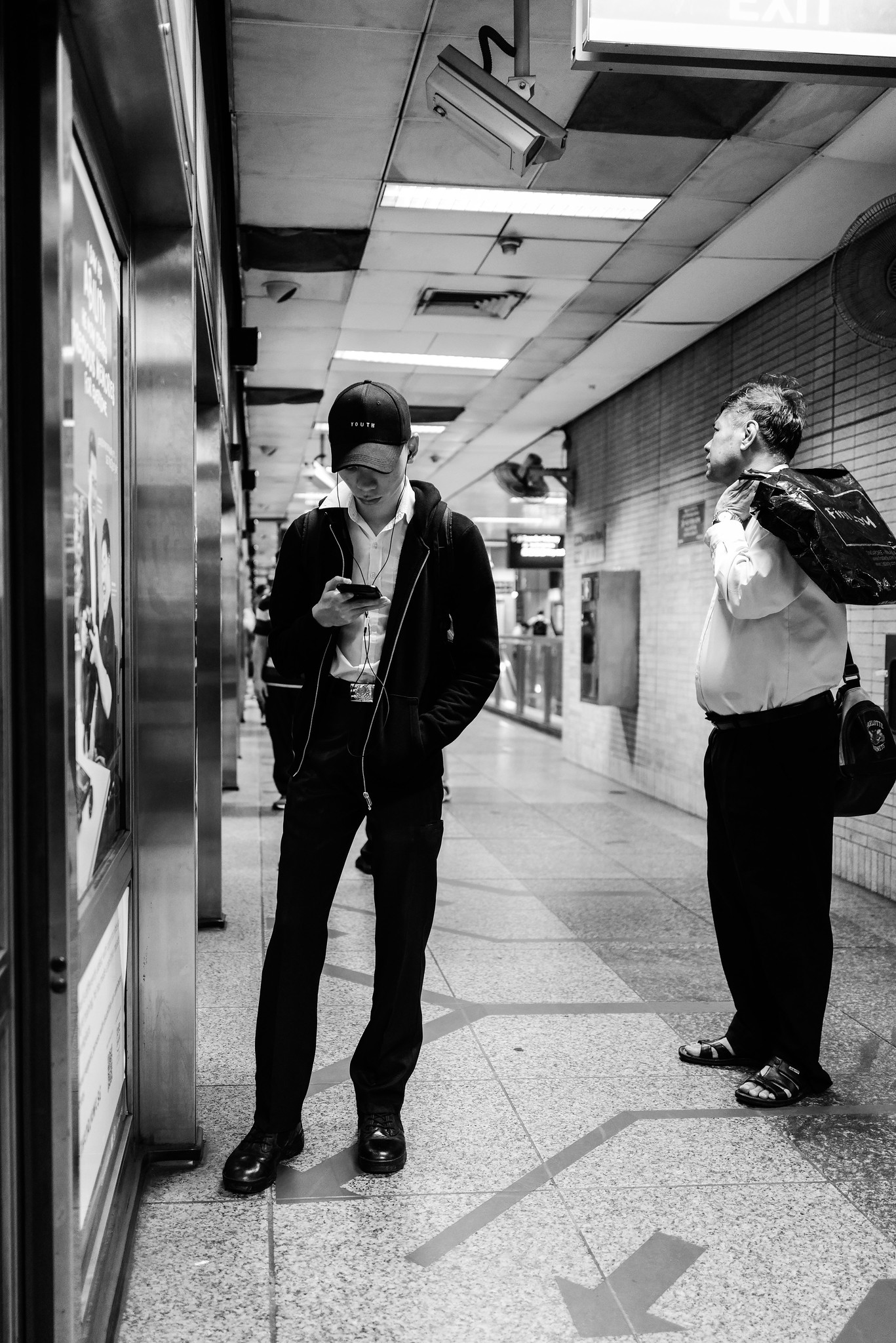
f2, ISO1000
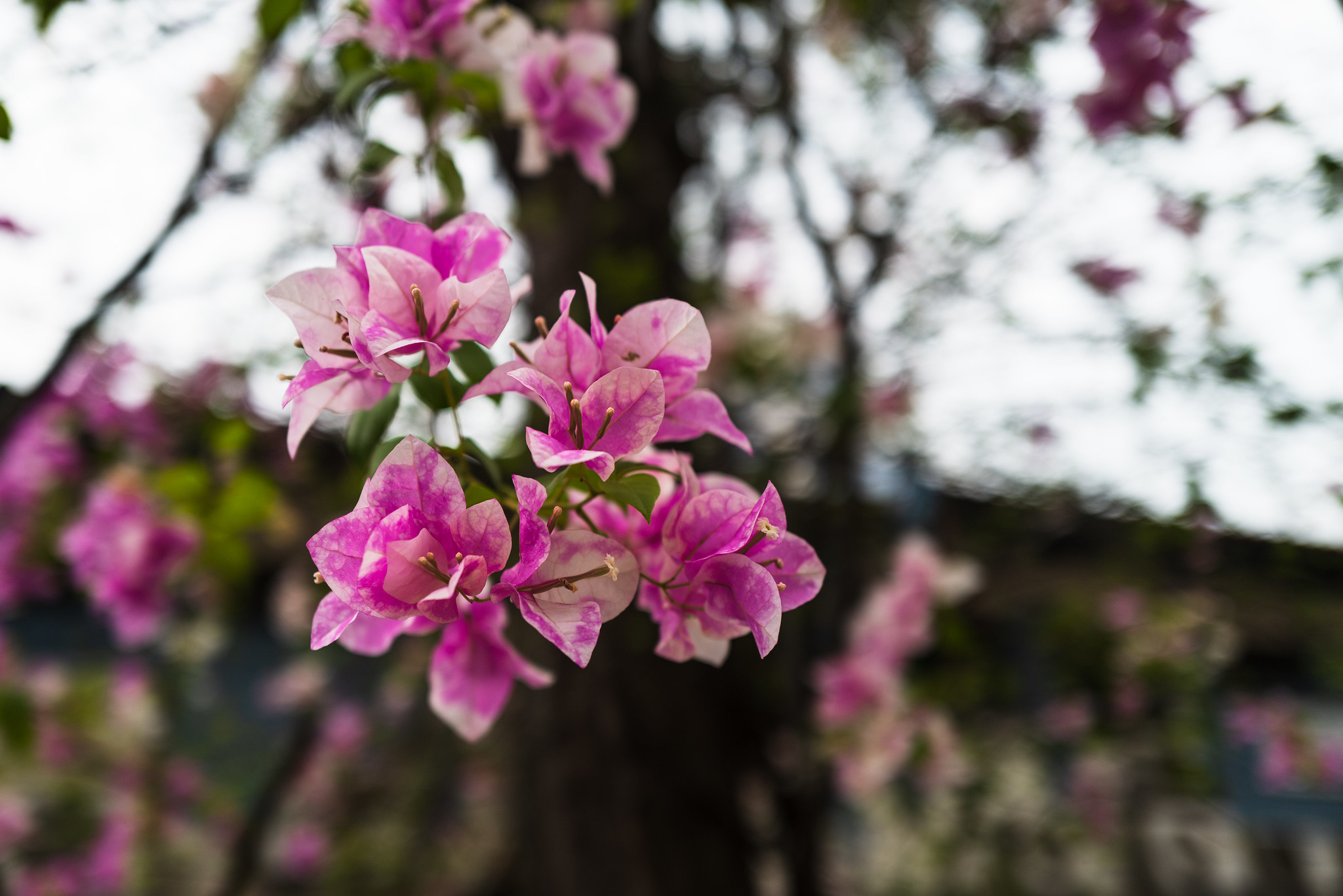
f2, ISO100
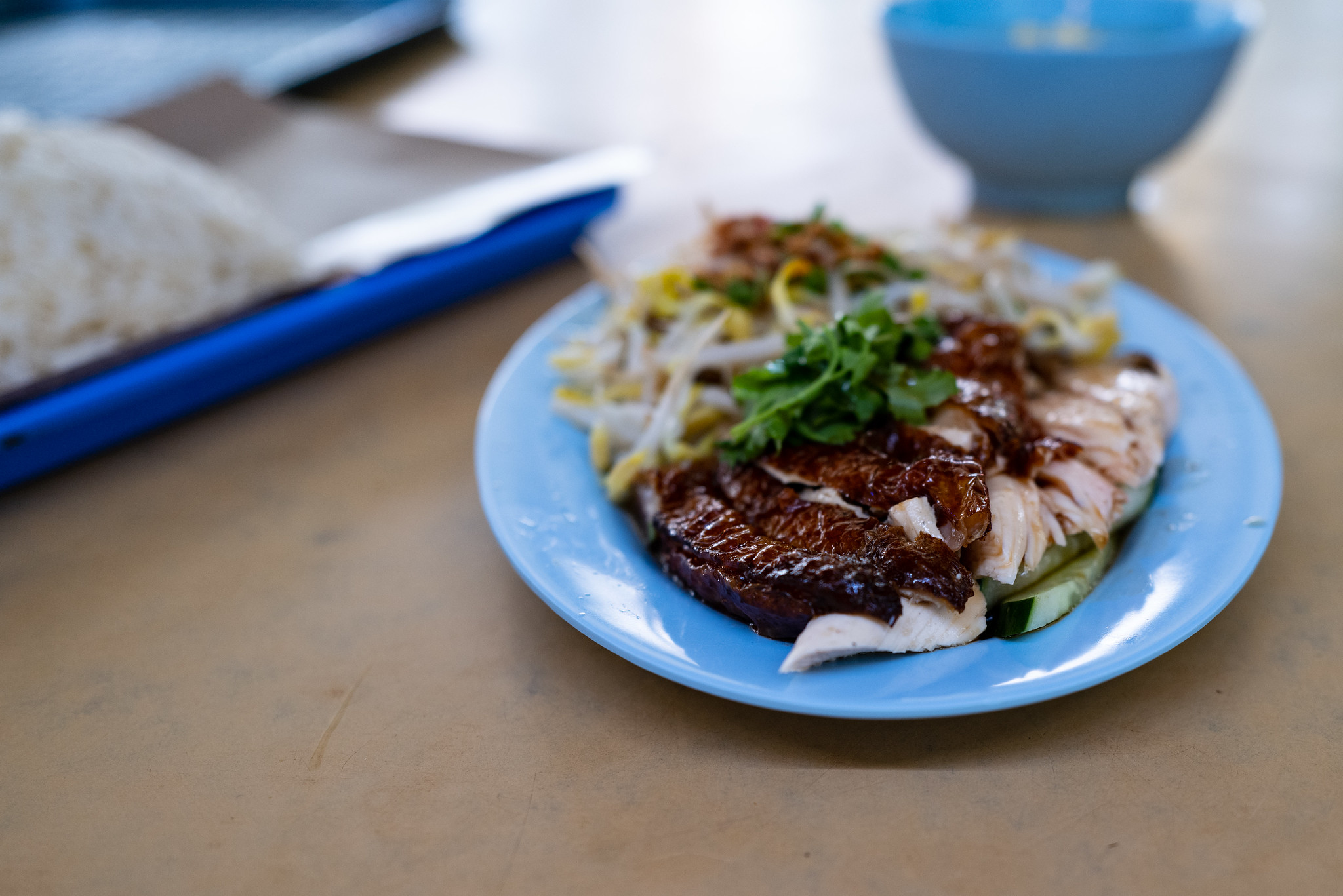
f2.8, ISO400
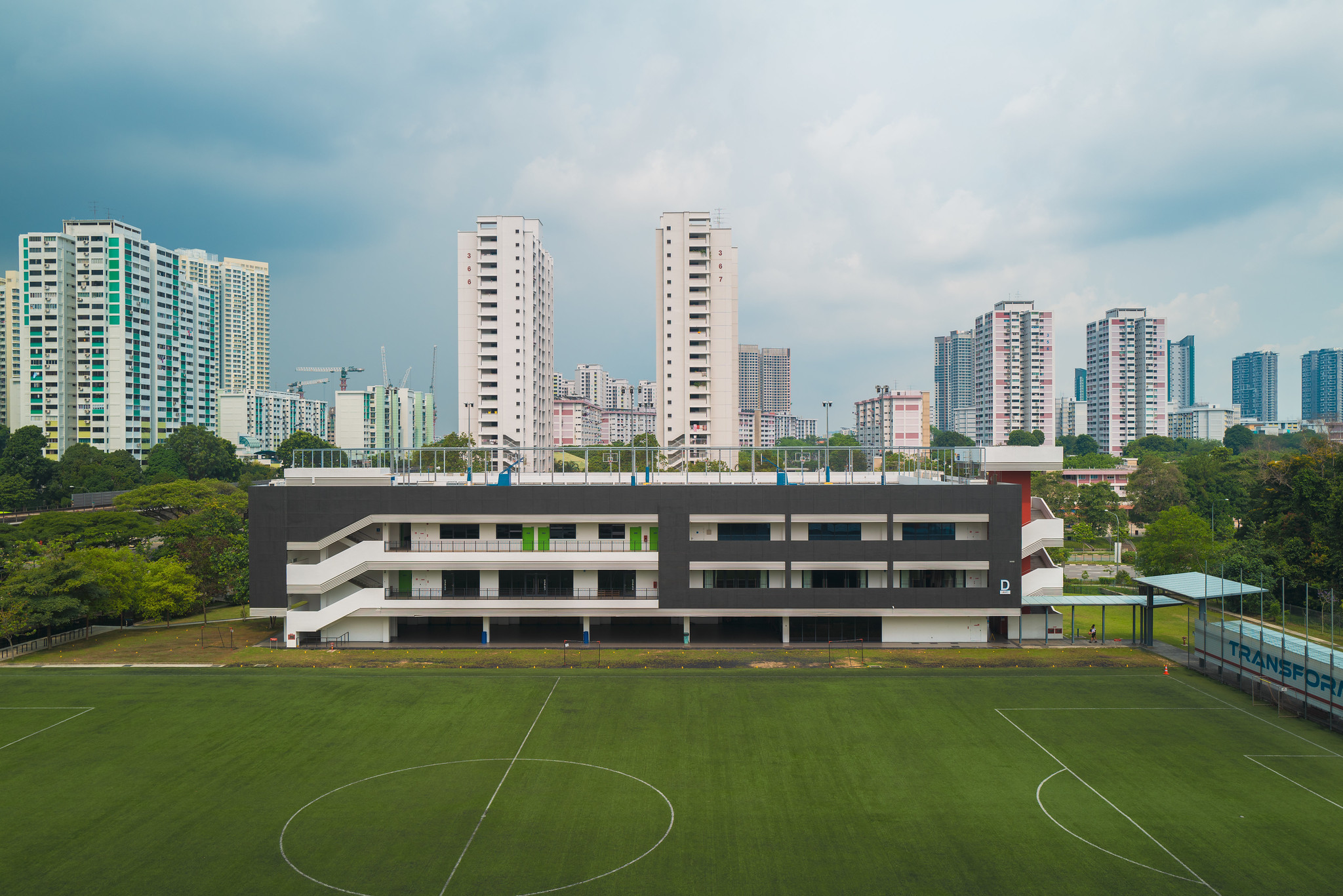
f4, ISO100
Conclusions and Competitors.
Looking across the market, the only closest competitor is of course the Sony RX1r2 which comes with a fixed Zeiss 35mm f2 lens, it is a competent camera but pretty aged now coming to speed performance.
We all know there is a Zeiss ZX1 coming out soon – but with a heavier body, a slower fixed lens of 35mm f2.8, a lower resolution 37.4 mp sensor plus that it is not weather-sealed, the only advantage it has seems to be that it has Lightroom CC built right into the camera.
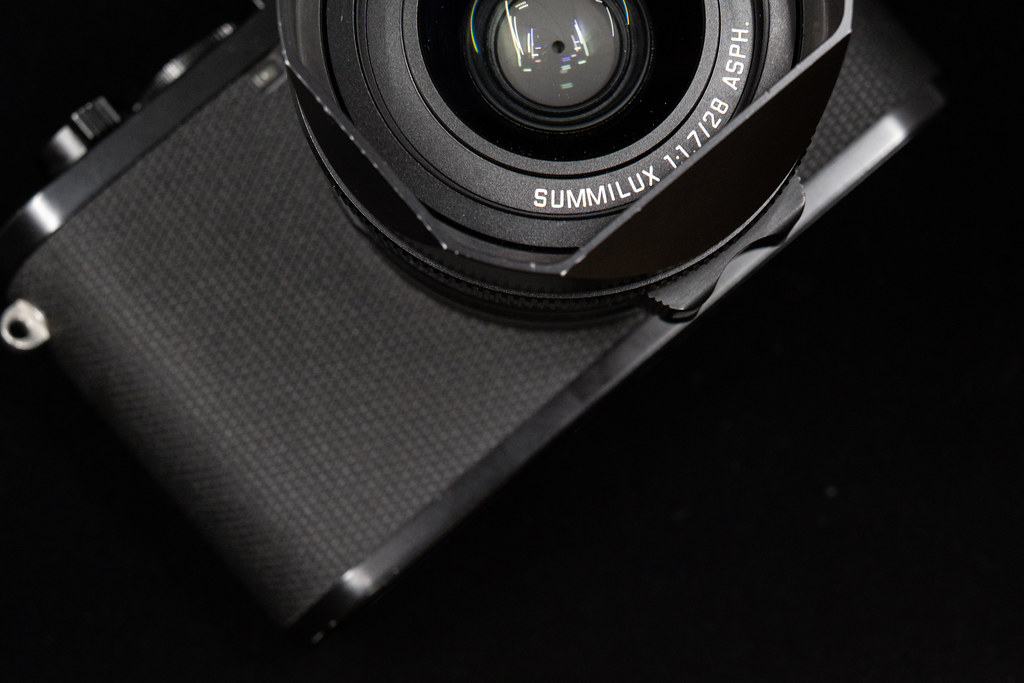
Is the Leica Q2 perfect?
Leica indeed has brought the Q2 very close to what I seek in a professional camera in this category of fixed lens full frame compacts, but two aspects that nagged at me in the Q2 which I feel can be improved on is that the Q2 still sports a fixed position LCD panel (which does stifle shooting at awkward angles) and that a built in flash will actually be great. (A SF26 flash does lend itself very nicely to the Q2)
But then I am nitpicking here for the two areas of improvements. The substantially improved performance plus physical improvements from the Q and Q-P alone are worth the upgrade.
The excellent quality of the Summilux lens on the Q2 speaks for itself. If you have shot the Q, you will understand why owners invest in it and you will yearn for the Q2. There are very few things that can compete with the Q2 now in its class (I can’t think of any) and I have even seen M owners getting the Q as a companion camera.
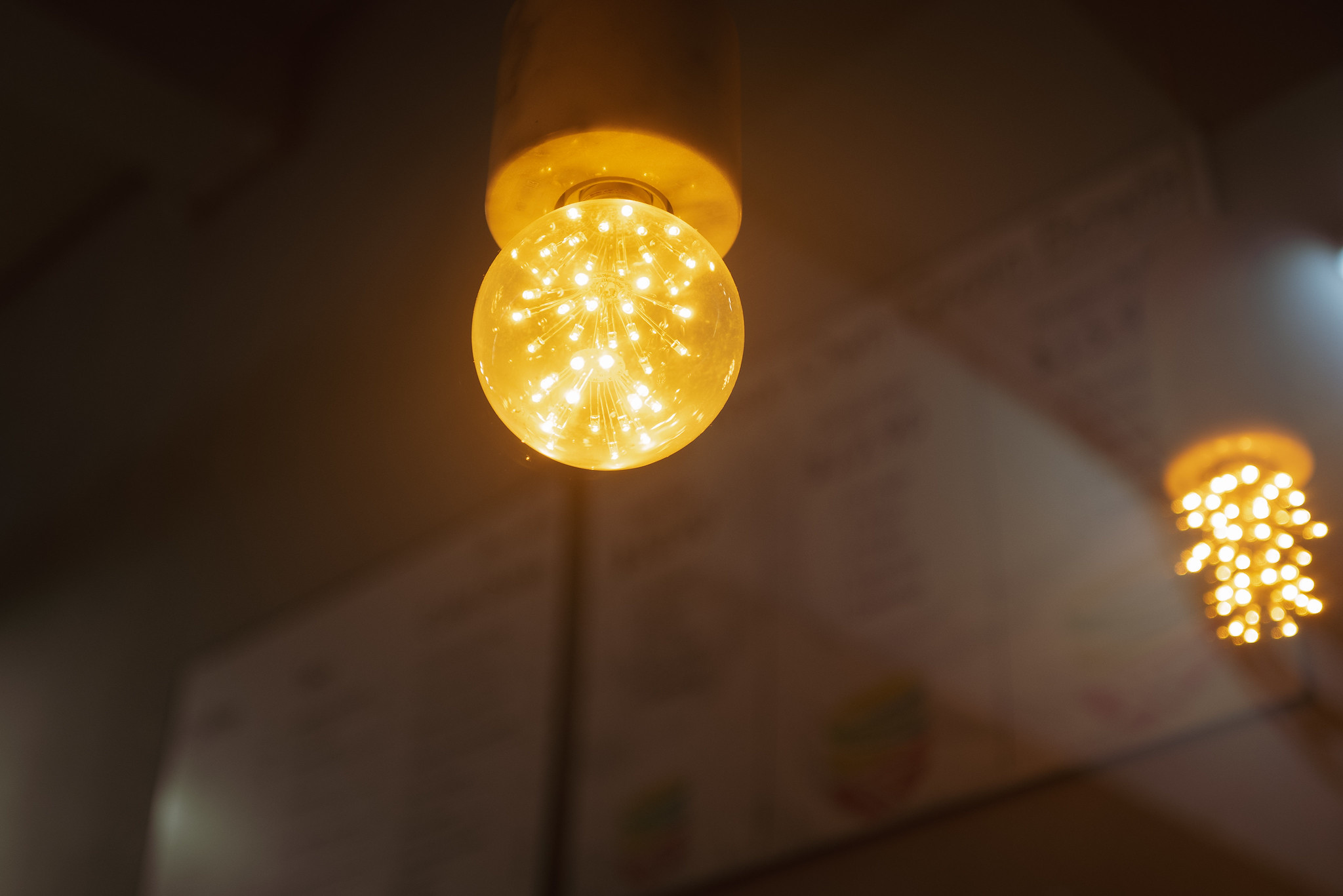
f1.7, ISO160, 1/50s
And well, if you wish to know, The Q2 is a camera I will get too.
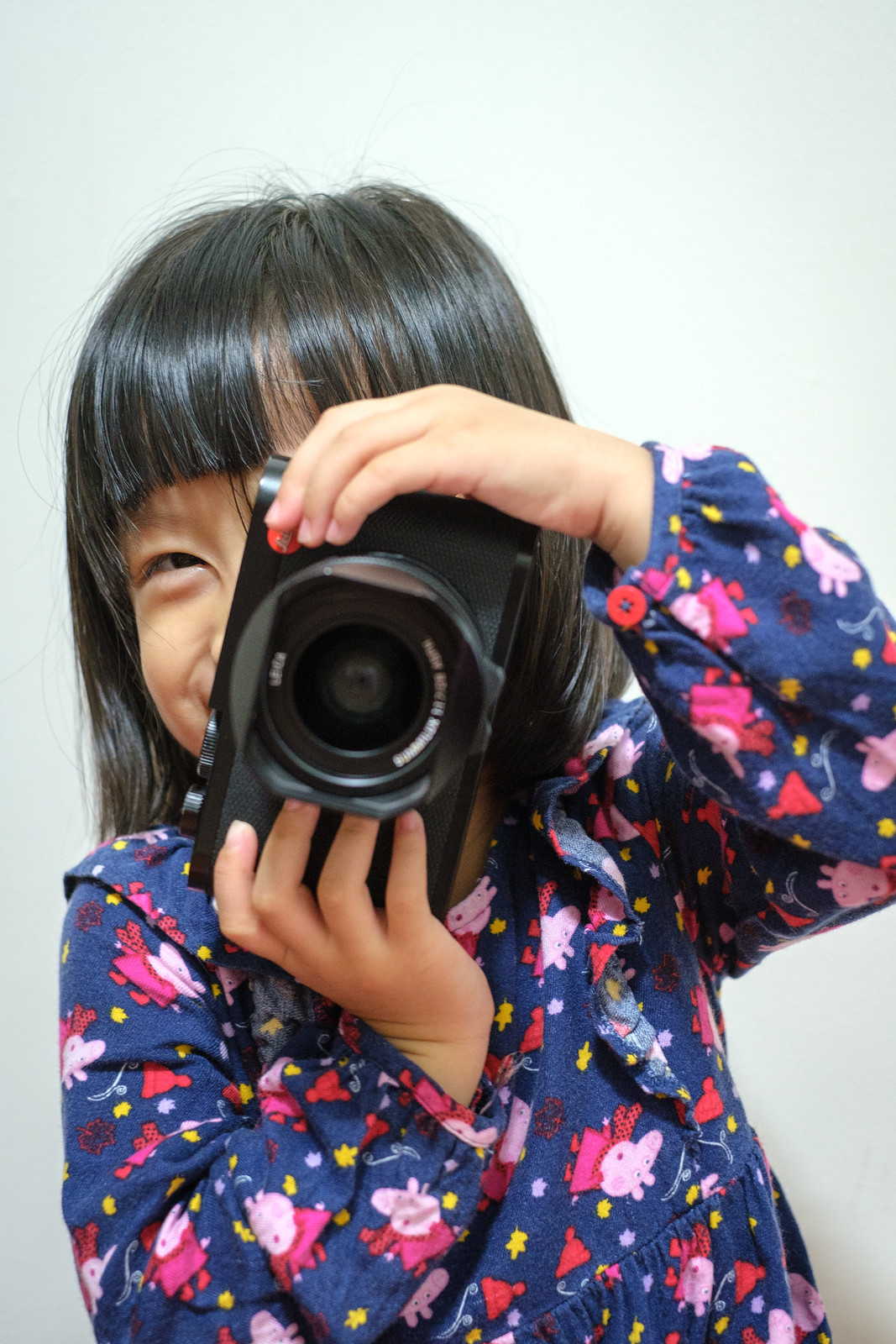
Thank you for reading.
& look forward to Part II with the Leica Q2: The Q2 for environmental and casual portraiture.




Thanks Keith for an excellent review. I also have the Q2 after almost 4 years with the Q.
I noticed that a lot of your photos are taken with ISO 100. Do you prefer to manually set ISO instead of leaving it in Auto ISO mode?
By the way, I don’t think you need a professional model – you already have one!
LikeLike
Hi there , thank you for dropping by. There are 2 reasons I realize , the Q2 does have the tendency to rather push down ISO as low as possible when one sets it to auto-ISO mode, sometimes even at the cost of slower shutter speeds 🙂
I mostly shoot in Auto ISO mode too, unless it is a case of landscape shots where I dial in my preferred values manually.
LikeLike
Hi Keith, I beenn saving up for my “next Leica” for close to 2 years now and ready to pull the trigger. However I am quite enjoying taking photos for past year with my trusty Fuji X100F. Do you think it’s worth the upgrade? Or I should just stick with my Fuji and wait for the next Leica milestone product?
I mainly shoot my 17 months toddler.
LikeLike
Hi Jamie, I guess the next milestone Leica probably be close to 3 years in the future if it is the Leica Q3 (or whatever they name it). Between the X100F and Leica Q2, both are excellent cameras with the Q2 being a FF while being faster to focus while the X100F still stays strong in its more compact size plus the skin tones it produces is still excellent. If mostly for the toddler, frankly, I will stick to the X100F as it will be more of an everyday cam that u will want to bring around to capture candid moments but of course the final choice is yours 🙂
LikeLike
Hey, thanks for the advice! appreciate it 🙂
LikeLike
Always welcome 🙂
LikeLike
I note in many reviews of the Q2 in low light photography many comment that this camera is not usable above 6400 ISO from results that have been posted What is the highest ISO you feel comfortable in using for nigh time photography to print? Thank you for your review.
LikeLike
Hi Scott. Thank you for dropping by. For me when doing the review actually I tested the camera’s auto ISO workings and I realized there seems to be very strong intent to use as low a ISO value as possible, with many of my lower light shots not even entering the ISO1000 realm, especially when one is shooting at larger apertures.
That said for me print wise , on this camera ISO6400 is still pretty clean and acceptable but values above that is not something I’ll recommended unless one finds the noise acceptable. Prints wise it is also not often that one looks that close & that helps too. My most preferred is actually setting the maximum auto at 3200 but I can work with 6400 if necessary.
LikeLike
hi,
nice review!
What would you pic? A used near mint leica q (2300€) vs a newFujifilm x100V ?
I would like to reduce my gear to a minimum. ( Currently Xpro 2 14 2.8, 35 1.4, 18-135, 16-50 ) …
Thank you, christoph
LikeLike
Thank you 🙂 actually if budget allows I’ll get the Q since IQ is really better. The X100V is the choice if you prefer something more compact with faster AF.
LikeLike
Great review Keith.
For street photography do you suggest Q3 (Q2) or Fuji X1OO VI(V)?
Like most 28mm but its a 4000$ difference.
Greg
LikeLike
Hi Greg 🙂 it does depends on what you want. Optically the Q3’s full frame 28mm F1.7 at 60MP is not what the Fuji X100 VI’s APSC 35/2 40MP can match while size wise the Fuji is much smaller. AF wise the Q3 does still feel faster but I need to use the VI more to be sure while output wise it also goes back to whether how keen one is on Fujifilm’s film simulations as that can be a factor too.
LikeLike